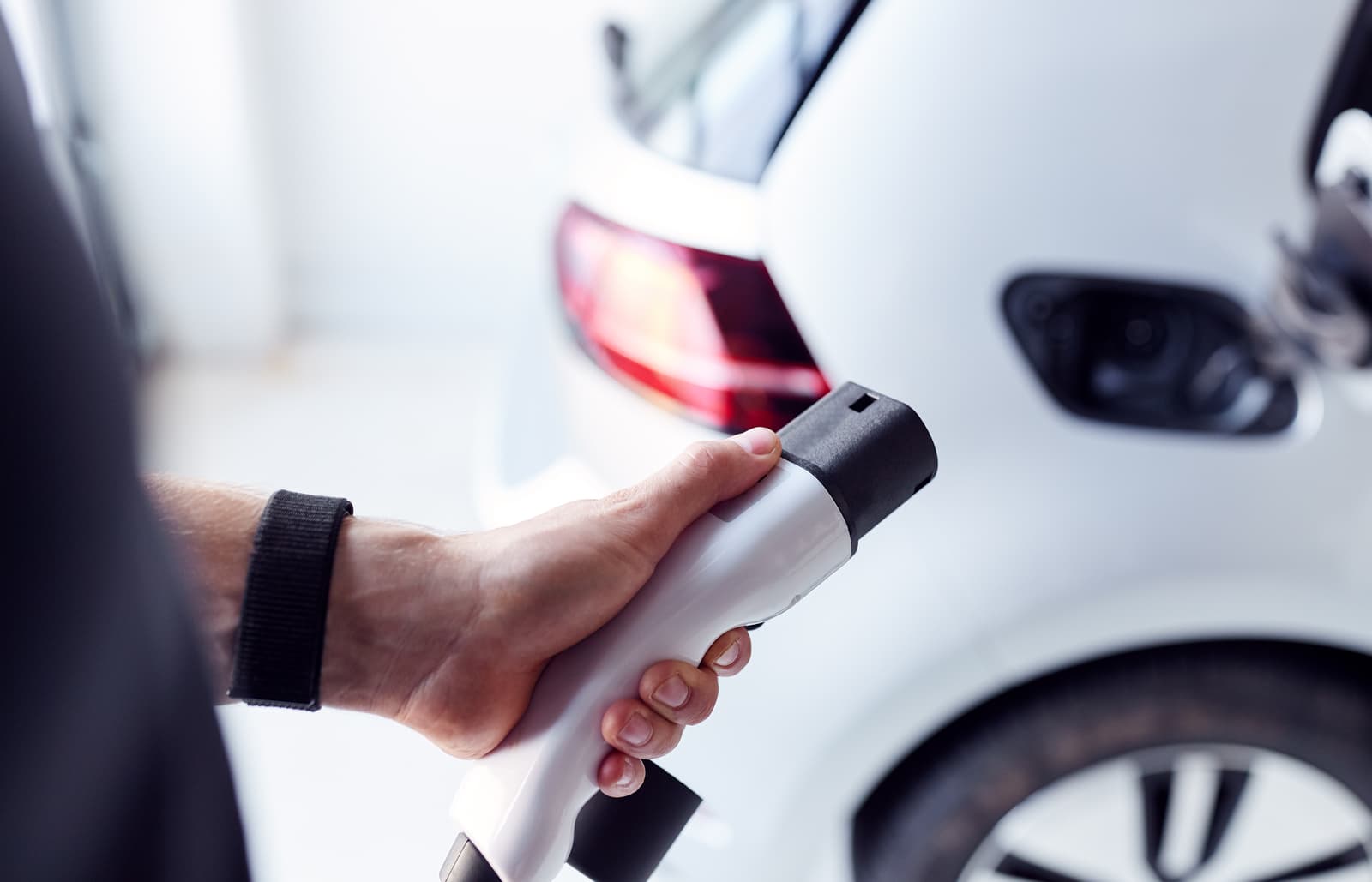Net Zero priorities, how electric vehicles fit into the government’s plans to reduce emissions

The Net Zero Plan is the NSW governments report on how they aim to reduce their carbon dioxide output. In this plan electric vehicles (EV) and EV equipment uptake have been prioritised higher than the Australian Federal Government.
The Net Zero plan is sectioned into four priorities being:
- Drive uptake of proven emissions reduction technologies
- Empower Consumers and businesses to make sustainable choices
- Invest in the next wave of emissions reduction innovation
- Ensure the NSW government leads by example
Where electric vehicles fit into these priorities
Electric vehicles are first addressed in priority number 1, as a piece of technology that is coming down the cost curve and that can save businesses and consumers thousands of dollars each year in variable costs (e.g. fuel and energy). The government aims to expand electric vehicle charging technology by removing the barriers that stand in its way, including the high price of Electric Vehicles and the lack of public chargers available. The NSW government will provide specific solutions to these issues through the Electric Vehicle Infrastructure and Model Availability program. The NSW government provides figures highlighting that the average electric vehicle owner saves $1300 on fuel and $300 on maintenance each year, emphasising the economic benefits of an electric vehicle. This is mainly due to the cost of charging an EV at home with an EV charger being significantly cheaper than the average cost of petrol.
The government goes deeper into the electric vehicle analysis through using Norway as a case study.
What the NSW Net Zero report shows is that in order to have a large amount of vehicle uptake like seen in Norway, increased choice of cost-effective electric vehicles and public charging points are needed. Statistics show that 30% of households in NSW do not have access to off-street parking where they could charge an electric vehicle, highlighting the need for more public charging points to accommodate. This has driven the NSW government to support changes to the National Construction Code and NSW building Sustainability Index (BASIX) that will make buildings of the future EV ready.
Businesses may want to act on climate change by installing solar, planting trees or purchasing an environmentally friendly vehicle. The government states that people have free will over what they purchase, but they would like to be able to empower people to make more meaningful choices. A fuel-efficient car as an example of a solution that helps the environment and that is economically beneficially to the consumer. The NSW Government aims to educate the consumer and to give them more opportunities to offset carbon. Through doing this, the government aims to decrease the cost of electric vehicles whilst increasing the quality and sustainability of goods and services. This will create opportunity for further competition to be nutured, giving more choice to consumers and a higher supply of electric vehicles.
Part of the government’s plan on consumer education involves a reform to emission stickers. The current stickers educate consumers about their typical fuel consumption and the carbon dioxide emitted per kilometre. This is great information for the educated consumer, but meaningless and confusing for the uneducated consumer. This system is to be replaced with an easy to read star rating that will be based off the typical yearly fuel costs. The NSW government aims to introduce an option for consumers to offset their vehicle’s carbon emissions when they register their vehicle each year. This will motivate consumers to purchase smarter home EV charging systems that monitor their charging records, as this is information that the government will need for the offset.
The government aims to lead by example with its own fleet, by aiming to have 30% of its vehicles electric or plug in hybrid by 2023. This would allow for roughly 4,000 new electric cars to enter the market. This boost will create a demand for more Electric vehicle charging stations to house these vehicles as well as creating a demand for used electric vehicles, when the fleet vehicles eventually get resold.
In summary, the NSW government is aware of the sleeping dragon that is climate change, and the role electric vehicles will play in the net zero plan. Their incentives highlight leadership innovation and action on climate change. Through the uptake of electric vehicles and electric vehicle chargers, the NSW government can empower consumers and businesses to make sustainable and economic choices in the upcoming years.


